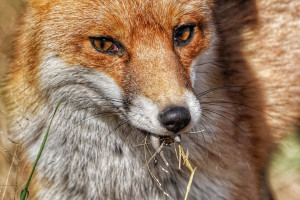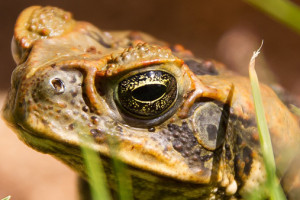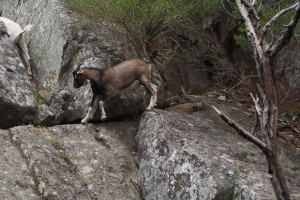Meet the Invaders
Every invader has a story. Some slithered in unnoticed, others hitched a ride or were brought in as a ‘good idea’. One thing is for sure — they’re destroying Australia.
They have thrived on our lands – at the expense of our precious native wildlife around them.
Invasive species are now the leading driver of extinctions in Australia. They’ve decimated wildlife, run riot in our world heritage areas and national parks, trashing landscapes and scarred Country from coast to coast.
Read about some of the worst – and fascinating – invaders in Australia’s history. From insects to diseases, predators to weeds, these species are leaving a trail of destruction across Australia’s lands and waters.
Meet the invaders – and discover what makes each of them so dangerous to our wildlife and precious landscapes.
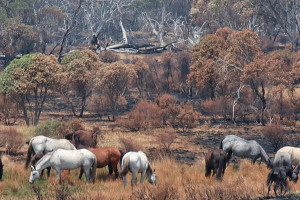
Feral horses – these heavyweights are trampling and polluting fragile alpine wetlands and trashing Country.
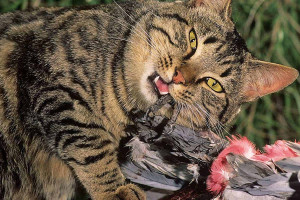
Feral cats – 1.5 billion native animals gone. Every single year. Now that’s a wildlife cat-astrophe.
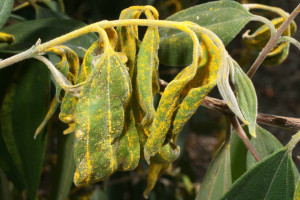
Myrtle rust – This silent killer infects native trees and shrubs – and it’s spreading fast.

Fire ants – These tiny killers spread fast, sting in unison and threaten everything from our backyard BBQs to our precious wildlife.
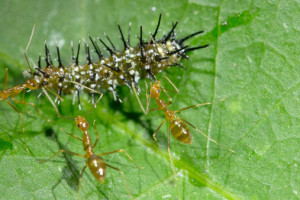
Yellow crazy ants – They don’t bite – they burn. Yellow crazy ants swarm by the thousands, leaving forests silent.
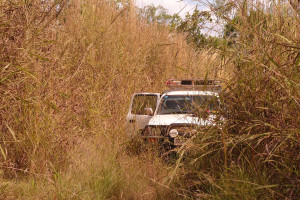
Gamba grass – This towering grass turns bushland into a tinderbox – fuelling fires 4 times hotter than normal.
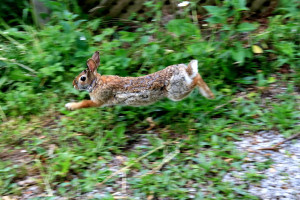
Rabbits – They might look harmless, but rabbits are one of the worst invaders on record.
